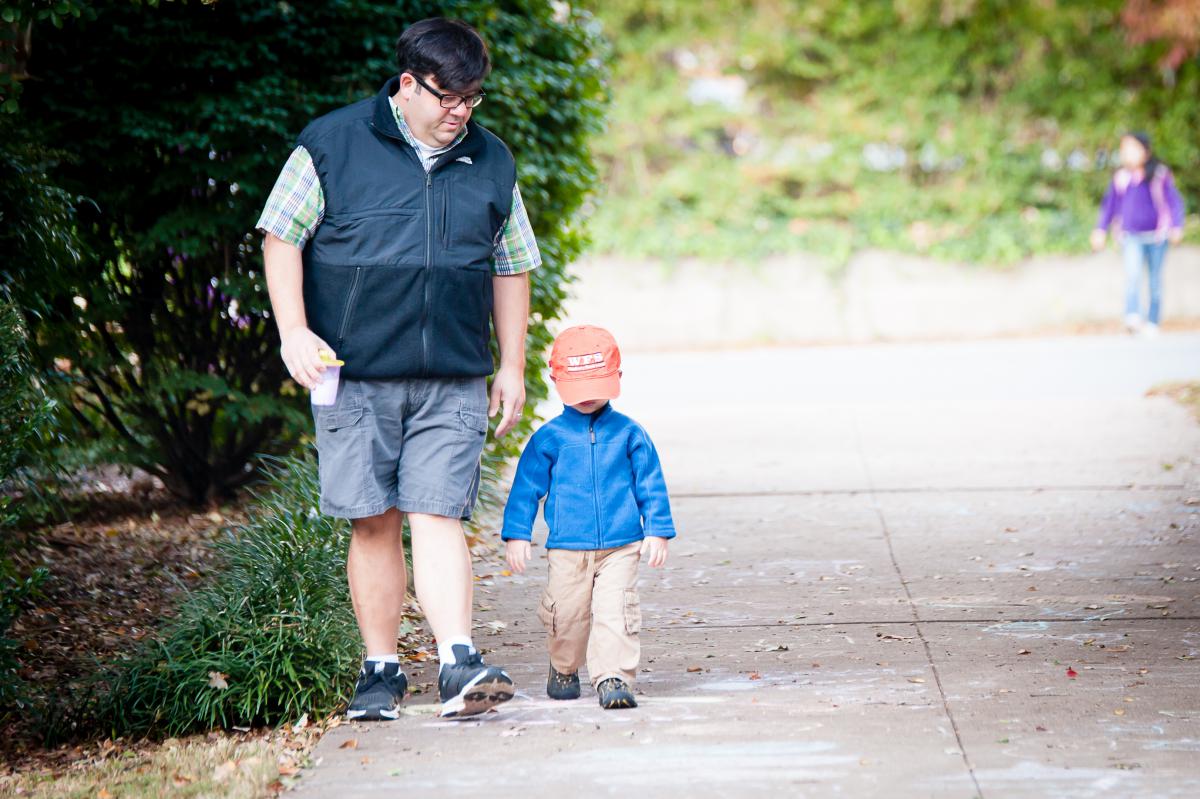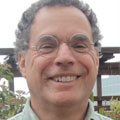While members of Congress have been back in their districts meeting with constituents, House transportation committee staff has been huddled in Washington working on a transportation bill. You may recall that in July, the Senate completed action on its version of the transportation bill but the House instead pushed to extend current transportation law a few more months.
Resource Library
This summary document, drawn from a national dialogue among leaders in health andpublic education, with accompanying research, answers this question in the affirmative.
Bayard Rustin, the orchestrator behind the scenes of what we hail today as the civil rights movement, once said, “We need in every bay and community a group of angelic troublemakers.” Today, I bore witness to one of those angelic troublemakers by the name of Olatunji (Oboi) Reed, Co-Founder of Slow Roll Chicago, as he was recognized by the U.S. Department of Transportation as a 2015 White House Transportation Champion of Change.
This guide is designed to help schools respond the the special nutrition concerns of low-income students in their wellness policies, including through increasing physical activity and recreational opportunities.

To increase physical activity opportunities available through schools over the long term, we need to put it in writing – through policy.
This paper explores the connection between home values andwalkability, as measured by the Walk Score algorithm.
The Alliance for Biking and Walking recently released its 2016 Benchmarking Report, a biennial update on walking and biking across the United States intended to promote access to data, measure progress, support policy and advocacy efforts, and connect to health initiatives. More than half of member organizations in the Alliance for Biking and Walking are involved in Safe Routes to School efforts.
While we could only give one Hubsmith award, we were impressed by all of the dedicated individuals who were nominated for an award. We’ll be profiling each of the nominees over the next few months and look forward to lifting up great work from all around the country.
After the wrap-up of the 2016 Safe Routes to School Conference in Columbus, OH, we’ve been getting a lot of inquiries about when the next conference will take place. Thanks again to the Mid-Ohio Regional Planning Commission for hosting an informative, inspiring, and fun gathering that has generated even more interest and excitement around bringing together advocates and practitioners from across the country for information-sharing and networking.
Measuring Sprawl 2014 examines how some places in the United States are sprawling out and some places are building in compact, connected ways.
Fired Up! That’s the best way I can describe the energy on the first day of the 3rd Safe Routes to School National Conference, which is being held at the Minneapolis Convention Center. About 600 people from nearly every state in the US came here seeking to learn, share and build connections so that they can go home with new tools to improve their communities, making them safer for kids to walk and bike – improving health, communities and the environment.
 With Congress in recess this week, we have a short breather. So I’m taking this opportunity to bring you up to speed on where things stand on the transportation bill. The past three weeks have been action-packed—and there’s more to come next week and beyond.
With Congress in recess this week, we have a short breather. So I’m taking this opportunity to bring you up to speed on where things stand on the transportation bill. The past three weeks have been action-packed—and there’s more to come next week and beyond.
 Hi, my name is Kathy Cooke, and I'm network coordinator for the Safe Routes Partnership! Even though I battle daily to get my two sons to put on a jacket or long pants during Portland's rainier months, I've found ways to make sure other "systems" are in place that help them get safely to and from school.
Hi, my name is Kathy Cooke, and I'm network coordinator for the Safe Routes Partnership! Even though I battle daily to get my two sons to put on a jacket or long pants during Portland's rainier months, I've found ways to make sure other "systems" are in place that help them get safely to and from school.
 Next week I go to the National Bike Summit with several other staff and 800 of my closest friends to promote federal funding for bicycling (and walking). I find it frustrating that after decades of activism we still are not an accepted form of transportation in America in many places!
Next week I go to the National Bike Summit with several other staff and 800 of my closest friends to promote federal funding for bicycling (and walking). I find it frustrating that after decades of activism we still are not an accepted form of transportation in America in many places!
In the most recent application call, Arkansas received 36 applications requesting approximately $7 million dollars in projects. Because of the limited funds only 20 applications were selected with a budget of $1.5 million. As usual, the request for funding far outweighs what is available to applicants.
 On April 18, we saw another unusual vote in Congress on the transportation bill. While current transportation spending is already extended until June 30, the House has just passed another extension (H.R. 4348) until September 30 on a vote of 293-127.
On April 18, we saw another unusual vote in Congress on the transportation bill. While current transportation spending is already extended until June 30, the House has just passed another extension (H.R. 4348) until September 30 on a vote of 293-127.
Safe Routes to School is on a roll in Washington, DC! The District of Columbia Safe Routes to School program continues to offer Safe Routes to School planning assistance to any school that requests it. Eight schools are currently receiving this assistance, for a total of 30 schools since the start of the program. DC schools are also able to request in-classroom pedestrian safety education for students in grades K-2 and bicycle safety education for students in grades 3-8.
 Greetings Safe Routes Champions! Welcome to “Blog BLF!”
Greetings Safe Routes Champions! Welcome to “Blog BLF!”
 The seven states that comprise the state network project are all moving at a fast pace. Since the state advocacy organizers began in early March, they continue to make many very key contacts throughout their states.
The seven states that comprise the state network project are all moving at a fast pace. Since the state advocacy organizers began in early March, they continue to make many very key contacts throughout their states.
 After growing up playing on the school playground, I was dismayed to start seeing fences and locked gates at schools. The whole community feeling changed to a prison atmosphere, but to keep people out. John O.
After growing up playing on the school playground, I was dismayed to start seeing fences and locked gates at schools. The whole community feeling changed to a prison atmosphere, but to keep people out. John O.

